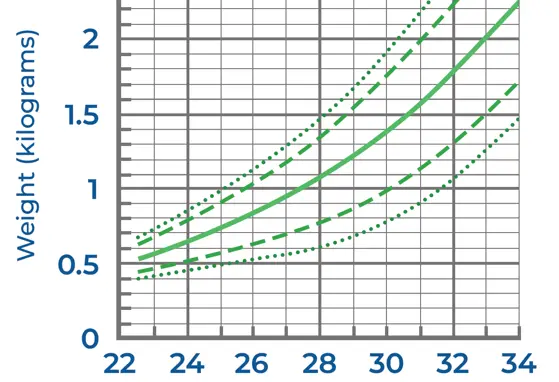Complementary feeding: What, when, how, and why
Infant feeding is a multifaceted process that extends beyond simply offering food. Complementary feeding is the process of giving foods that complement breastfeeding to be able to provide balanced, nutrient-dense options to be able to meet their high nutritional needs while preventing obesity. There are a lot to consider such as timing, perceptual complementary feeding, and the culture and family context. Typically, this begins at 4 to 6 months, when the baby exhibits signs of readiness. Age adapted foods, and encouraging the baby to try to feed themselves based on their oral motor skills development can enhance food acceptance and foster independent eating habits.
If you liked this post you may also like

Post-Discharge Nutrition in Preterm Infants: Balancing Growth and Long-Term Health

Mindful Microbes: The Interplay Between Environment, Gut Microbiome, Brain, and Behavior

Exploring the Crosstalk: Nutrition, Microbiome, and Cardiometabolic Health

Guiding the Growing Gut: Microbiome and the Digestive Development of Children